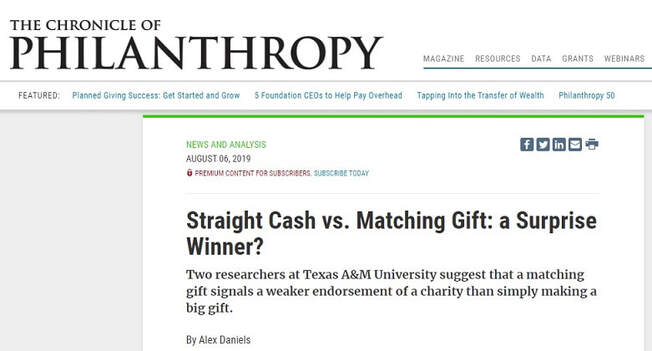I study pro-social markets and institutions such as Philanthropy, Charitable Giving,
Social Entrepreneurship, and Microfinance, and their impact on
Poverty Alleviation and Economic Development.
Social Entrepreneurship, and Microfinance, and their impact on
Poverty Alleviation and Economic Development.

